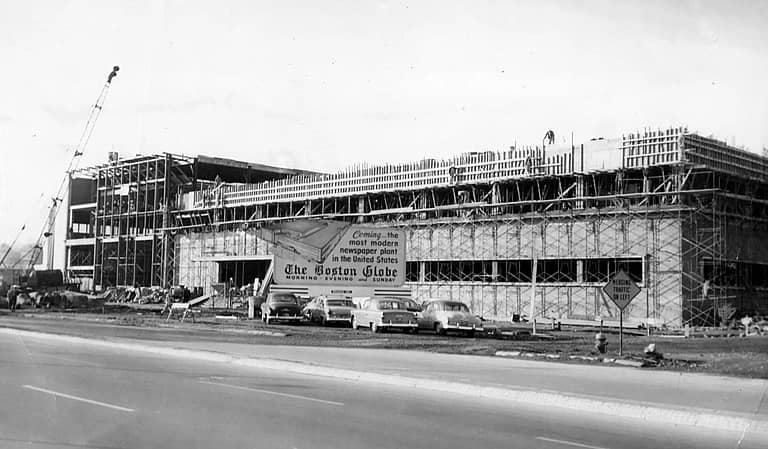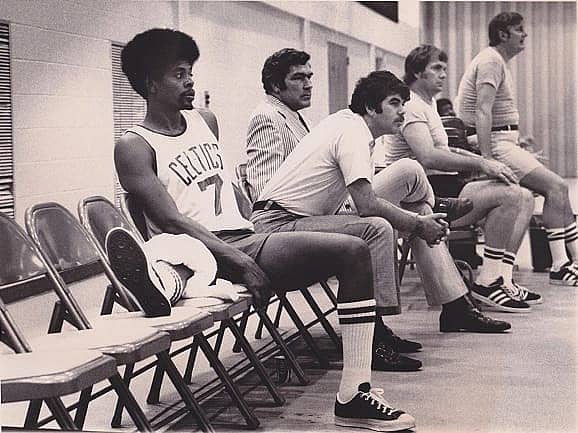August 21, 2023
For nearly a century and a quarter, the Red Sox have attracted athletes blessed not only with hardball skills but who were also adept at any number of other sporting pursuits.
Among their number are the following, in what is not by any means a comprehensive listing but a sampler.
*Boston Americans outfielder Kip Selbach reigned as 1902 National Doubles tenpin champion while being ranked as the 12th best bowler in America.
*The great Smoky Joe Wood was said to be almost as good a pool player as he was a pitcher, and, earned a fair off-season income playing/hustling many of the best billiard players of his era according to his son Bob.
*Harry Agganis was a three-sport star at Lynn Classical and two sport legend at Boston University and was selected as the Cleveland Browns’ first-round draft choice in 1952. Paul Brown had tabbed him as the successor to Otto Graham for his then dynasty.
*Outfielder Jimmy Piersall led Leavenworth High of Waterbury, CT to a New England basketball championship at Boston Garden while scoring a tournament single-game record 29 points in the decider. He rejected both a scholarship offer from Duke and a bonus from the New York Yankees to sign for the Red Sox.
*Slugging first baseman Walt Dropo, a/k/a “The Moose from Moosup,” starred in football at the University of Connecticut.
*Outfielder Jackie Jensen played for the Cal-Berkeley Golden Bears in the Rose Bowl and later played in a World Series for the Yankees and All-Star Games for both the Senators and Red Sox.
*Catcher and future Red Sox executive Haywood Sullivan was a star quarterback at the University of Florida.
*Pitcher Gene Conley served as backup center to Bill Russell on three NBA champions, and is the only athlete to ever win championship rings in baseball (’57 Milwaukee Braves) and basketball.
*Outfielder Carroll Hardy, the only man to ever pinch hit for Ted Williams, also played for the NFL’s San Francisco Forty Niners in 1955.
*Pitcher Galen Cisco was football MVP for the 1957 National Champion Ohio State Buckeyes before signing for the Red Sox in 1958.
*Infielder and utilityman extraordinaire Jerry Adair played college basketball for the legendary Hank Iba at Oklahoma State before signing with the Orioles in 1958.
*Fred Lynn entered USC on a football scholarship and played for one season alongside teammate and future football Hall of Famer Lynn Swann. On the gridiron, he played wide receiver, defensive back, kicker, and punter, and often received both punts and kicks. As a sophomore, he departed the gridiron and switched his scholarship from football to baseball. The Red Sox selected him with their second pick in the 1973 draft.
*Also chosen by the BoSox in the 1973 draft was third baseman Butch Hobson, who served as the backup quarterback for Bear Bryant at Alabama from 1969 to 1972.
*How good a bowler is outfielder Mookie Betts? In 2019 he won a PBA tournament and has bowled a perfect 300 game on five occasions, most recently on his 30th birthday last October. At the end of the first eight-game qualifying set at the 2023 PBA U.S. Open, he was tied with World No. 1 Jason Belmonte.
However, in the annals of Red Sox lore, my personal favorite Man for All Seasons is catcher Charlie Berry.
Long before there was Bo Jackson or Tim Tebow there was the phenomenal Charlie Berry, perhaps the most remarkable athlete and career official who ever combined the sports of football and baseball. As Casey Stengel used to say, “You can look it up.”
The athletic feats of the one-time Red Sox catcher (1928-32) surely would defy the imagination of most screenwriters, as he starred for a consensus national championship football team at Lafayette in 1921, led the NFL in scoring as captain of the 1925 Pottsville Maroons, played major league baseball while also serving as head football coach at Grove City College, coached and managed for Connie Mack’s A’s and served as an American League umpire for twenty years (1942-62) and as a head linesman in the National Football League for twenty-four seasons.
In his brief and uneventful stint with the Red Sox, he served mostly as the backup catcher on teams that finished in last place for four of the five seasons he wore a Boston uniform. His best season came in 1931 when he batted .283 in 111 games including one in which he upended Babe Ruth in a jarring home plate collision that sidelined the slugger for two weeks. The following season he was traded to the White Sox.
When assessing his career highlights his time in Boston represents a mere footnote when taking into consideration his football heroics and, 31 years in the majors, which included his umpiring 5 no-hitters and 5 World Series and All-Star games, not to mention serving as a top NFL official.
And of that legacy, the two scenes that remain indelible are:
The kick he made in 1925 was the most important field goal in NFL history at the time, which defeated the famed Notre Dame team of the four horsemen. The victory, which elevated the league to hitherto unreachable heights, was also deemed as unauthorized and resulted in the Maroons being stripped of their NFL title.
Later, in his role as head linesman at the famed 1958 “Sudden Death” NFL title game, his much-debated call of Frank Gifford’s unsuccessful attempt for a first down set the stage for the Baltimore possession which led to their tying and eventually winning the most famous game in NFL history.
Of the over 1800 men who’ve played for the Red Sox since 1901, Charlie Berry was truly the most accomplished all-around sportsman, a genuine man for all seasons.






